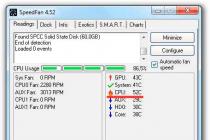The manufacturing industry has been developing since high speed... Every year at exhibitions, manufacturers present Newest technologies to improve TVs and convince people that it's time for an upgrade.
Evolution
The past few years have gone from cathode ray tube models to thin TVs. The rise and fall of plasma panels was observed. Then came the era of high definition, full HD and Ultra HD support. There were experiments with the popular three-dimensional format, as well as with the shape of the screen: it was made now flat, now curved. And now a new round of this television evolution has begun - TVs with HDR. It was 2016 that marked a new era in the television industry.
The result is a more lifelike and colorful, faithfully reproducible picture with sharper details in dark and bright areas. The TV shot is so faithful that your eyes actually saw in one place. It describes how much of the color model the TV can display, or how many colors the panel can reproduce.
This indicates how many bits are used to describe a specific color or pixel. The higher the color depth, the more detailed the color scaling and the more subtle gradients between shades. And now there you go: 8-bit depth can display 16 million colors, while 10-bit can handle over a billion. And for 12-bit processing, we even get almost 69 billion colors!
on TV?
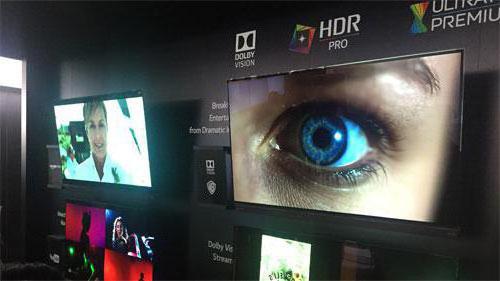
This abbreviation stands for High Dynamic Range. The technology makes it possible to bring the created picture closer to what a person sees in real life... By itself, our eye perceives a relatively small number of details in the light and in the shadows at the same time. But after the pupils adapt to the current lighting conditions, their sensitivity is almost doubled.
Mobile phones have had a camera since the year. Compared to classic cameras, we shoot many times today - often even those things that few people could record in the past. Amateur photography has become a favorite pastime for many, and the phone is often the first camera that can connect with the user in closer contact. One of the requirements of photographers is bright and sharp photos. While this sounds relatively straightforward, it is not so much a trivial demand.
The goal is to get the best photos... "Dynamic range" is the difference between the lightest and darkest shades in a photograph, respectively the ratio of light to dark in a photograph. In standard photography, bright areas often tend to "burn", while dark areas often appear even darker than we see with their eyes.
HDR cameras and TVs: what's the difference?
![]()
In both types of technology, the task of this function is the same - to convey the world around with maximum reliability.
Due to the limitations of the image sensors, cameras take multiple pictures with different exposures. One frame is very dark, the other is a little lighter, and two more are very light. All of them are then connected using special programs manually. An exception is cameras with a built-in frame stitching function. The point of this manipulation is to pull out all the details from the shadows and highlights.
While the human eye can adapt the "impact" to the conditions and provide a balanced image in cooperation with the brain, digital camera focuses more on light or dark areas. Whether you are using auto-tuning or manually configured manual settings, your goal will be to use light to maximize image detail. The problem arises, especially when shooting scenes with heavy shadows and bright lights - in this case, details are lost in one direction or another.
Manufacturers have made TVs with HDR support focused on brightness. So, ideally, the device should be able to produce a value of 4000 candelas per square meter at an arbitrary point. But at the same time, the detail in the shadows should not be overwhelmed.
What is HDR for?

It can be said that High Dynamic Contrast Mode basically balances out missing or backlight effects, improves clarity, and enhances detail. First of all, it should be noted that there are many different rendering techniques that this acronym refers to. Many of these methods are very different, but in terms of the basic principle, it works by taking the camera in quick succession, taking multiple shots at different exposures, from which it then forms the resulting image.
He strives to create a photograph that offers a similar level of detail to the human eye. Considering the need for several frames and their subsequent processing, of course, it is necessary to take more time to take the picture. Previously, the whole process was done manually in a photo editor, where three or more identical shots with different exposure settings were recorded, and the application combined the resulting image with optimized contrast. Currently, this operation is handled automatically by the phone - it takes a series of photos, selects bright and dark places and fills the resulting image.
The most important parameters for the quality of the displayed picture, color accuracy and contrast are considered. If you put a 4K TV with an HDR TV next to it, which has better color reproduction and an increased contrast range, then most people will opt for the second option. After all, the picture on it looks less flat and more realistic.
If camera or scene movement occurs between captures of individual photos, it may cause processing problems software... Landscapes: Landscape shots usually have a high contrast between the sky and the ground, which is difficult for the camera. Too much facial light can be seen when shooting in direct sunlight, resulting in too dark shadows and bright spots that just doesn't look good in the end. It works well when photographing landscapes and in situations where the subject is illuminated from the back and produces a much darker impression than its surroundings.
HDR TVs have increased gradation, which allows you to get more shades of various colors: red, blue, green, as well as their combinations. Thus, the rationale for HDR models is to display a higher contrast and full color picture than other TVs.
Possible problems

Allows you to animate an object in the foreground while maintaining the correct background brightness. Let's take a look at situations where it is best to disable this feature. High contrast outlines: Some situations look good in photographs due to the stark contrast between dark and light surfaces. The result will be "ghost" and blur. ... In such conditions, it is better to use some kind of night mode or low light mode.
However, the series of phones stores two images in a snapshot: one with the algorithm applied and the other with no effects, taken at medium settings. In this case, you can choose whether one or more of them will be better in the situation. However, we believe that by knowing how this mode works, you can be more confident in choosing the correct scan mode.
In order to fully enjoy all the benefits of technology, unfortunately, you need not only HDR TVs, but also content that will match the technology. In principle, TVs with a high dynamic range of the image are already doing quite well. The brightness of the models was doubled, and the backlighting became local and direct, that is, different fragments can be highlighted in the same frame with different brightness. with HDR is not exactly cheap. Its cost is about 160 thousand rubles. This model - Sony TV... With HDR, there are 55-inch and 65-inch screens. Unfortunately, budget models have insufficient peak brightness, and the backlight in them does not regulate arbitrary areas of the matrix. They also have a very modest amount of transmitted color shades.
In simplified terms, a wide dynamic range image has a very large difference between dark and light tones, and precisely the exact decay of all intermediate tones. In turn, a picture with low dynamics has a coarser gradation, and its maximum brightness is much lower.
Will such a TV be closed to the user? Imagine that we are watching a natural film in which the director shows the beauty of the rainforest, pointing to the camera at the leaves of the trees, from which the sharp southern sun emerges from time to time. Similar to the light of the sun reflecting off the surface of water or car lights at night.
The difficulty with using old models is that the effect can be the opposite of what the director intended when shooting his creation. After all, together with the colorists, a color scheme was developed, and the frames were painted using an extensive palette of colors provided by a special standard in cinema. Previous TV models with this standard do not work, as they are not able to display some shades. This is why TV versions of films look paler than they should.
If the TV is equipped with super-bright backlighting 3-4 times the maximum brightness, it turns out that 256 shades of shades are not enough to cover a new, significantly expanded range of picture dynamics. It is as if we wanted to enlarge the house by expanding it by two additional floors, but at the same time maintain the same number of stairs. If we did, much larger steps would be terribly awkward and completely impractical. Therefore, it takes more "steps", that is, in television jargon, more gradations, to fill them with a large distance between the "first floor" and the "upper floor".
New HDR TVs can change the color scheme in any way they want, applying their own algorithms that are not aware of the director's vision. For this reason, the creators came up with a technology in which, together with the video signal, special metadata is transmitted, containing information with algorithms for changing the picture for TVs with HDR function. Now the device knows where to lighten and where to darken, as well as when to add some shade. And if the TV model supports such capabilities, then the picture will look exactly the way the director wanted.
You only need two, maximum three things. In turn, a 10-bit display is required to ensure correct gradation. However, this is a topic for a brand new article. Television, unlike telephones or even computers, does not change household appliances too often. Therefore, if you are planning to buy it, it would be helpful to know what parameters you should consider. We'll try to light it up a bit.
Or, more accurately, "the best you can afford." While there are many reasons for these two statements, this is a far-reaching oversimplification. Even if it is not always the most expensive, it will be suitable for our needs. A few years ago, the breakthrough was the transition from standard television picture to more high level.
Content Coming Soon
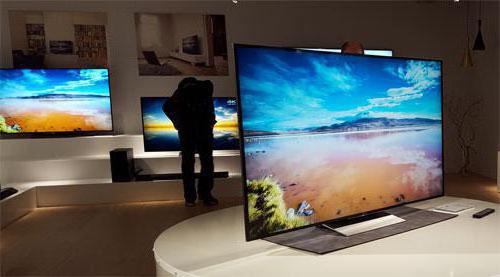
Currently, HDR TVs have a negligible amount of content. So, only a few titles are provided by online video services, and the last episode of the movie "Star Wars" was filmed and edited in a format similar to HDR. Because of this, it may be believed that there is no point in buying TVs that support high dynamic range.
Please be aware that not all terrestrial television or cable TV. 
In Poland, I managed to find about 100 films, of which about 60 are available with a Polish teacher. The quality of the displayed image also goes hand in hand with the very high resolution.

The dynamics of the displayed image is the variation between the darkest and lightest points in the image. In nature, these points determine the total blackness and brightness of the solar disk at noon. The difference between the two is how the data is recorded, which conveys information about the dynamics of the image. It's not hard to guess that the second standard, at least in theory, should generate a better picture. 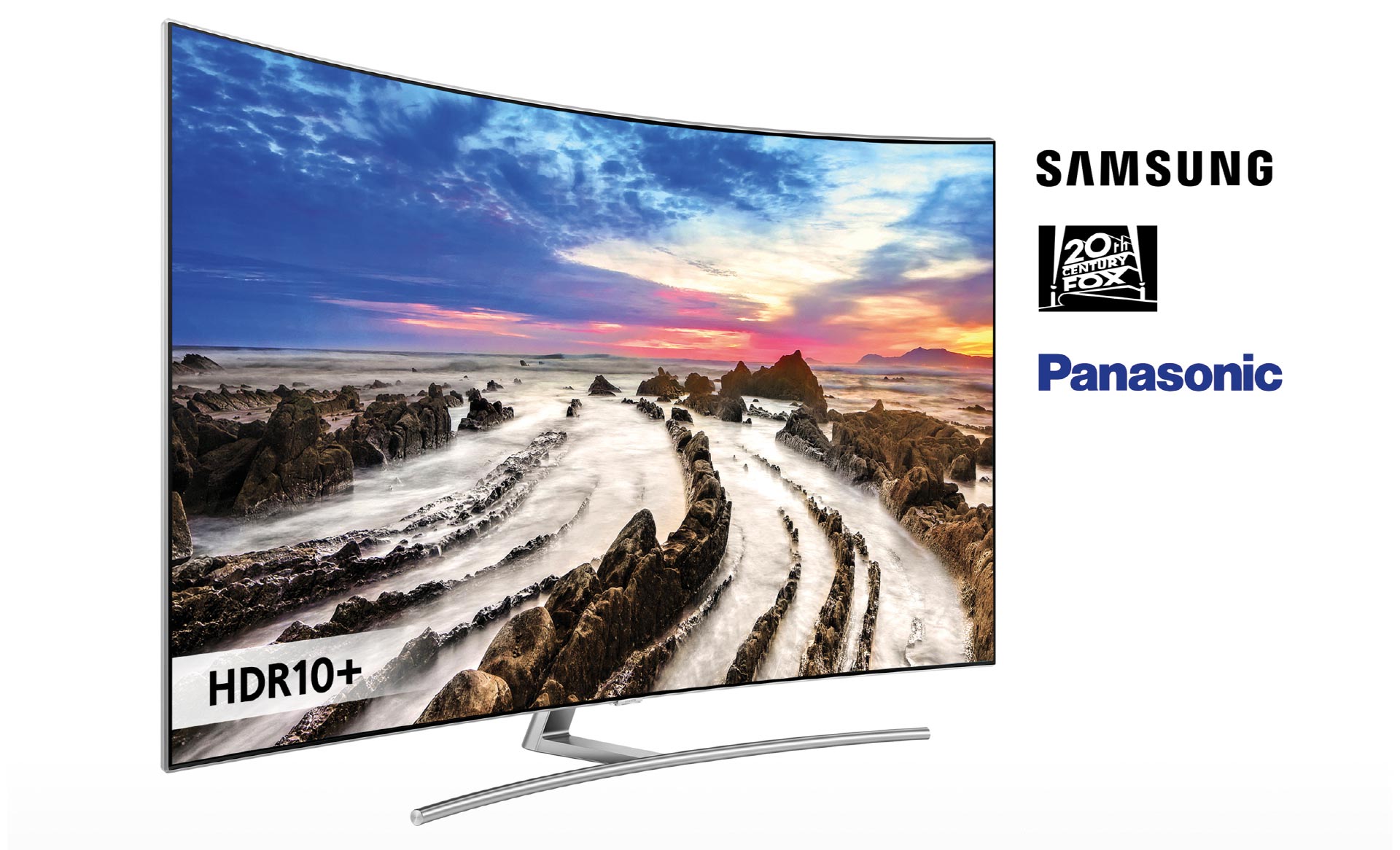
Each manufacturer goes their own way.
However, it is not. There are companies that provide opportunities for converting video content to pseudo-HDR. Of course, this is not done by pressing one button, which instantly in automatic mode will improve the image without any outside help... But there is a set of utilities that will greatly facilitate the work associated with restoring the color scheme conceived by the director and colorists. This means that over time, the amount of content High Quality will increase.
This means that any such point can be freely lit or turned off completely to get deep blacks. The worse, the worse and black and white, which never has a uniform color. They have a brighter screen, making them better for watching TV during the day or in well-lit interiors.
The bands displayed at these stations can go out of the so-called persistence. But this is obviously an extreme case, because the living room is not a news room, where such stations are watched 24 hours a day. From my point of view, this is the most important question, after which the new ones should simply fall. We need to choose the correct screen for the room in which we will use it.
HDR options
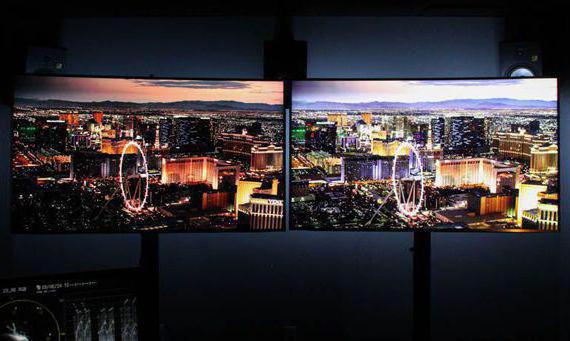
As with the previously released HD and Blu-Ray technologies, there are several opinions on how this should be done. Therefore, HDR was divided into formats. The most common format is HDR10. It is supported by all HDR TVs. In this format, the entire metadata is attached to the video file.
What if we are sitting on a 3 or 3.5 meter TV? Dilemmas can even be solved using a calculator. 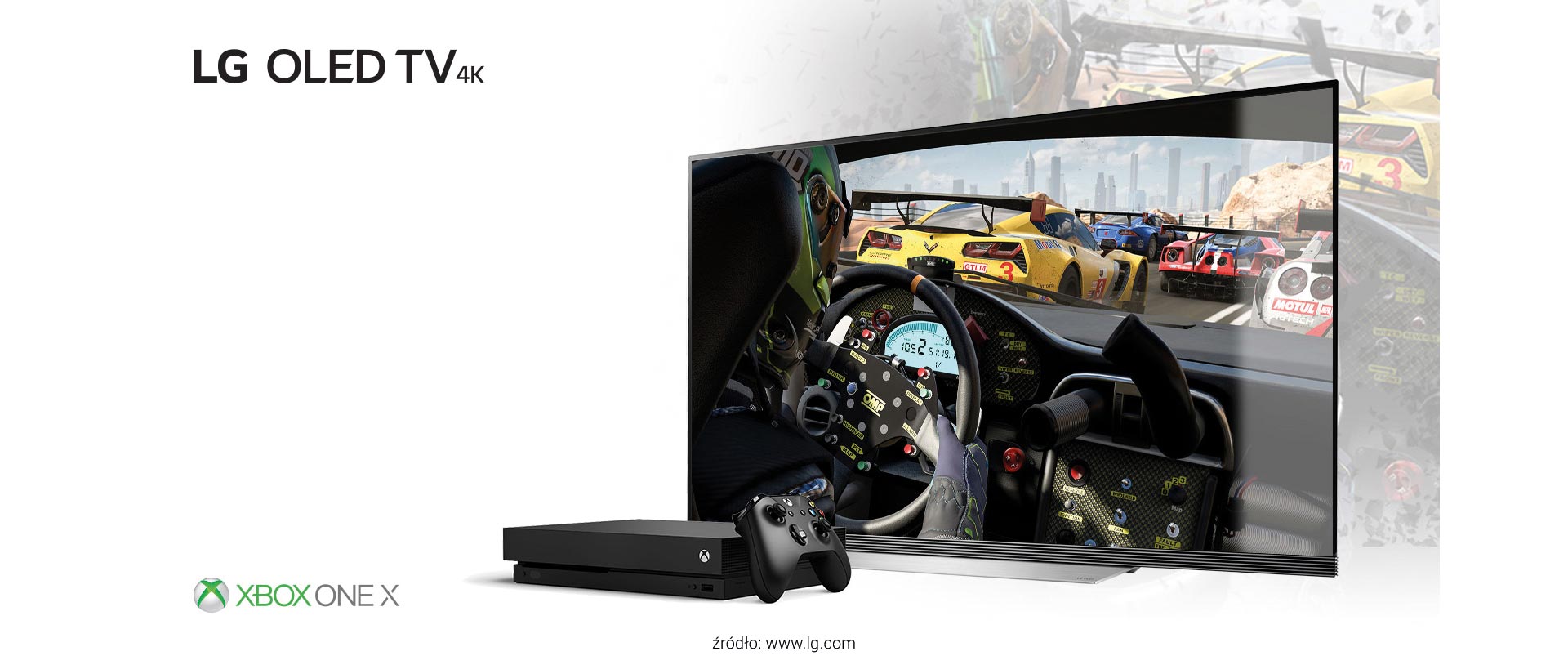
Television long time was a screen for games. This is the time in milliseconds that elapses from sending an image from the console until it is displayed on the screen. Only with such values, players should not feel discomfort.
So what is television? As you can see from our calculations, practice shows that in most Polish houses we have too small screens. 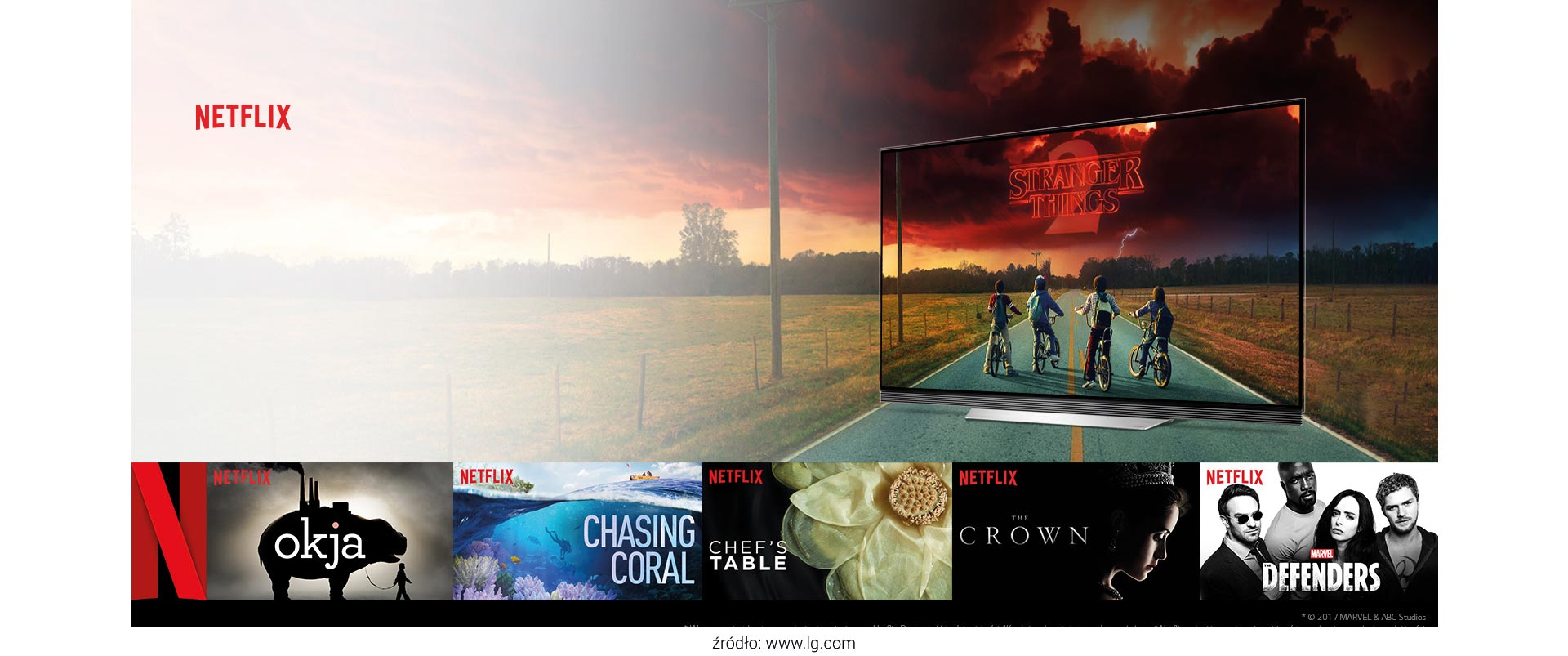
Remember, this is just a starting point. A set of basic knowledge according to which you should sort the viewed sentences.
The next option is Dolby Vision. Each scene is processed separately here. The picture looks better because of this. In Russia, this option is only supported by LG TVs. There are no players with its support yet, since modern models are weak, and their processors cannot handle such a load. Owners of models with HDR10 with the release of updates will receive video processing close to DV.
This is not the art of spending money, you have to do it wisely. How does it work in movies and games? The use of wider tonal range technology allows the contrast and colors of the original products to be preserved to a much greater extent. Thanks to the introduction of such changes at the level of standards, the content that hits our screen will not be overly bright and tedious for perception. Only the parts coded as lightest will get the intensity. Thanks to this, the picture will be closer to the real one.
This is ten times less than the maximum, but also ten times more than what television programs have offered for many years. Most of them still offer standard tonal range content, which means there is some loss of information about the original image during post-production, distribution and display processes.
Requirements
In 2016, HDR TVs began to hit the market en masse. Almost every 4K capable device can understand this format. But, unfortunately, to understand is one thing, and to display correctly is quite another.
The ideal option is an OLED 4K TV capable of brightening or dimming any pixel. Models with carpet backlighting from LEDs, which individually or in groups, adjust the brightness of their matrix areas are also suitable.
Update
If your TV supports HDMI 2.0 technology, then there is a very high probability that it will be received in the near future. software update to the new standard that is needed in order to transfer metadata. These two standards are fully compatible physically. The only difference is in the ways software processing video stream.
How can I get this update if it didn't come automatically? You need to go to the TV settings and select "Support". There should be an update option, when selected, you will need to confirm the action and choose to download from the network. Then the system itself will find new firmware and prompts you to install it.
Output
As mentioned at the beginning of this article, more people will choose a full color image rather than a high resolution image. This is quite logical. After all, a lot of pixels is undoubtedly good, but even better when the pixels are good. The list of HDR TVs is still small. Such models are available from LG, Sony and Samsung.
The development of technology seems far more promising than the race for resolution. New models have been announced at recent television shows that should not only support highest resolution but also to give high brightness and also to demonstrate certain levels black and cover a large number of shades. It should be noted that the HDR format is announced by default in many models that will be released in 2017. The only problem may lie in the standards. Content and TV producers need to tackle this challenge, and this year seems to be dedicated to just that.
Thus, we found out what HDR is in TV, what this technology is for, what its advantages and disadvantages are. Of course, as of today, TV lovers cannot be strongly encouraged to switch to new models, as the technology is still in the development stage. But, knowing the current pace of development, we can confidently say that in a year HDR will reach a qualitatively different level and more and more people will start purchasing TVs that support an extended range. By this time, content producers will just be able to produce a large number of films and series in HDR format, and watching TV will bring even more to lovers of beautiful pictures.
These are mainly video recorders, radar detectors or COMBO devices. But today we are talking about devices that shoot video files, the whole point is that many have HDR function, allegedly it improves shooting felts, felts photos, felts the final file. But what it really does and what the process of work is, no one knows. So let's figure it out ...
To begin with, the definition
HDR (or HDRI - High Dynamic Range Imaging , if translated literally, it turns out - Image of high (extended) dynamic range) Is an improved technology for working, or processing an image or video, mainly affecting brightness and contrast.
In ordinary human terms, these technologies improve the "picture" both when shooting a video or photo, and when playing the original files. If we describe the improvements of this technology “roughly”, then - the dark becomes even darker, and the light becomes even lighter, and the accuracy of the image transfer also increases, and in some cases the contrast and brightness.
As the developers of this function assure, they have increased the perception of colors from images and videos to 75-80%, although the percentage of perception is much lower with conventional technologies.
SDR andHDR
At the dawn of the creation of television and video equipment, there was one of the standards for the dynamic range of brightness and color, it was determined by one of the television standards at that time. OU could not transmit more "color radiation" tube TVs, just as the standard at that time video cameras and VCRs could not actually record it - to put it very rudely - "technologies were lame", therefore the entire wide range of brightness and color was compressed to very standard colors transmitted our old televisions and television towers.
In simple terms, we can say that out of a wide palette of colors and brightness, we perceived only about 20 - 30% (and possibly even lower)! Therefore, the first films were not as realistic as they are now.
This function was simply named - SDR — Standard Dynamic Range - that is, the standard display mode for brightness and color. It is a kind of carburetor in the age of injection technology.

But now a new and essentially revolutionary mode has appeared - HDR, as I wrote above, this function greatly increases the transmission of brightness and color by our TVs, and also improves video recording by our gadgets (DVRs, phones) or cameras.
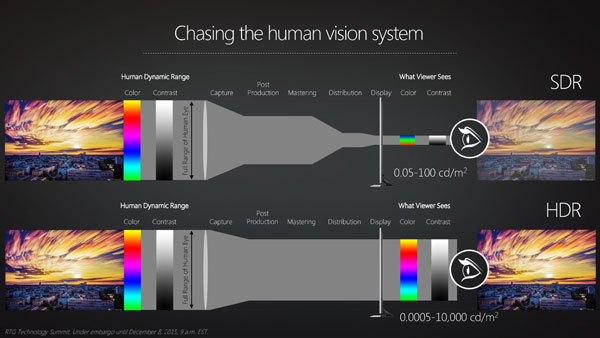
As I wrote above HDR - can give us a much more realistic picture, where the perception of brightness and color increases up to 75-80%.
How does it work?
The work process is quite simple, the camera takes several pictures with different color ranges, as well as with different brightness. Usually there can be from 3 to 5 such pictures, but you do not see this, because all this is done automatically and very quickly. Later, from these images, one is compiled, with improved characteristics - brightness and color reproduction. After that, it is displayed on your display or TV.

Camcorders - DVRs have already automatically learned how to improve the video image, which, again, should be played on HDR devices.
Actually, to get maximum efficiency, you should have not only equipment that records video or photos in HDR, but also equipment on which it will be played on TVs, displays or gadget screens.
It is worth noting that DVRs are now developing very strongly, video is no longer filmed with HD resolution (1280X720), but often with FULL HD (1920X1080), but SUPER HD (2304x1296) or 4K (4096X2160) are not rare either. Of course, with such resolutions, the detail increases, but if it is dark or slushy outside, then the resolution will not help here. We need a function that will improve the picture.
This is exactly the task that HDR carries, if in light weather it does not work so noticeably, then in slush and in the dark it is simply necessary.

The image of all kinds of objects is improved - first of all, license plates, pedestrians, road markings, signs and others. It is especially important to see license plates, because at night they can be illuminated by car headlights. It should be noted that in case of controversial situations (accidents), every little thing is simply necessary, so the HDR function IS NECESSARY IN VIDEO RECORDERS!

TV and telephone
These devices use the HDR function to enhance the image when watching video or improve the display. For example, the TV improves the quality of the picture and color rendition, but the phone uses this function both for display images (that is, viewing video, photos, a browser and just a screen), and for shooting video or photos with the built-in camera.
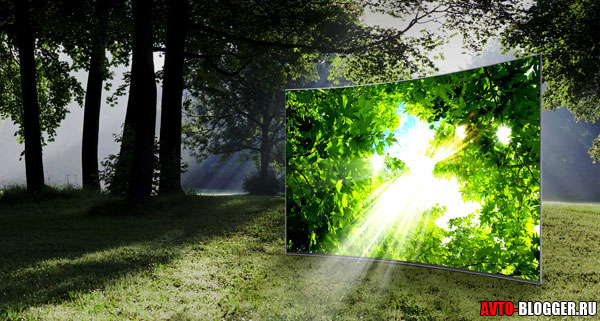
True, HDR is not available for all gadgets, but only for flagship gadgets, on cheap gadgets, the price of the model will rise too much.
It’s so simple, now there’s a small video to fix the material.
That's all, I think it was useful. Sincerely your AUTOBLOGGER







